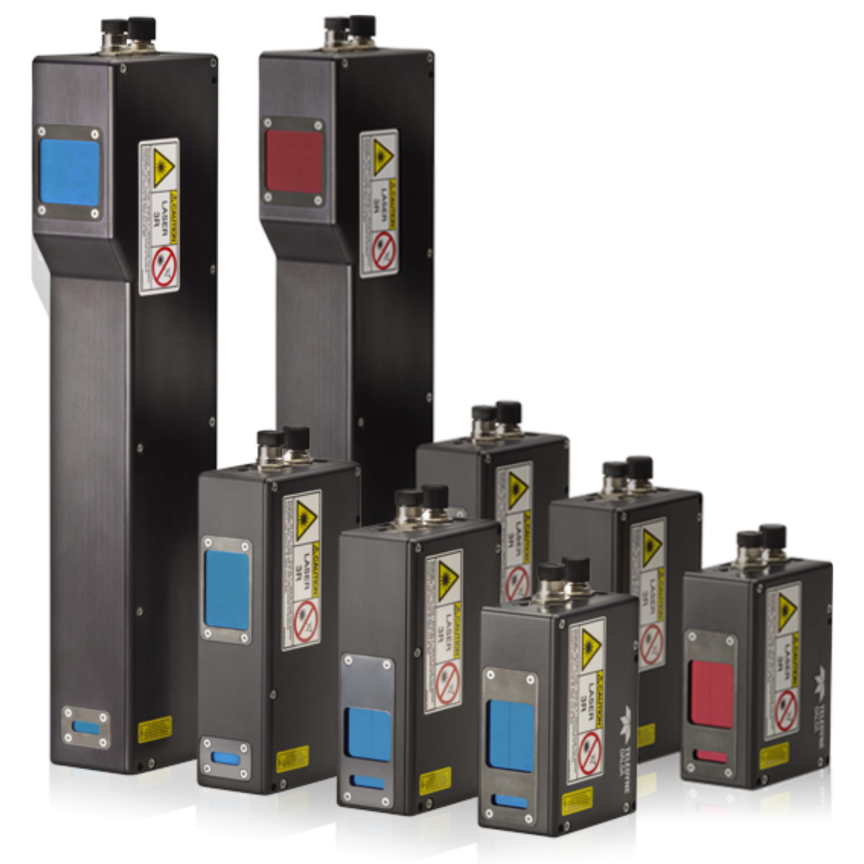With over two decades of leadership in Machine Vision and Imaging architectures utilizing FPGAs technology, Gidel unveils a new family of products called Remote Camera Over Fiber Link enabling frame acquisition from a remote camera at a distance of up to 40 km without repeaters. The system supports a variety of Camera standards, including CoaXPress, Camera Link, SDI and HDMI.
The remote camera connects to a module (RCxxx) that transmits the camera image over fiber optic cables to a Frame Grabber mounted on a host computer. The Frame Grabber may be any User Frame Grabber or a Gidel FPGA based Frame Grabber that includes high-performance real-time image processing infrastructure and tools.
The Extension system supports Altera Stratix V, IV and III based Gidel Proc board families. In the case of the ProceV board, the fiber-optics line connects directly to the Proc board’s four SFP+ bays, each at 6.144 (or 6.25GHz), capable of up to full duplex of ~ 25Gb/s (20Gb/s net transfer rate). Other Proc Boards require an additional Gidel daughter board (Psdb_Fiber) for fiber-optics interfacing.
A remote RS232 via an MDR connector is available for camera shutter control, zooming and other camera controls. Status LEDs indicate power, link connection, transmission activity, and user defined functionality.
The system’s link BER is less than 10-12 and control BER is less than 10-18. The system also includes four remote opto-coupler inputs. The RCxxx system mounts on to wall or any device box and operates on 5-12VDC standard outlet power supply.
The new RCxxx family supports all Camera Link configurations including the latest 85bit/10 Taps cameras. Support for CoaXPress, HDMI and SDI is planned for Q1/ 2015.
“The cable length in many vision and imaging application has always been a challenging issue for system integrators.” said Reuven Weintraub, President and CTO of Gidel, “Now, that the cost of Fiber Optics has dramatically decreased and in turn more widely used, a solution such as RCxxx Box is a feasible solution for extending the transmission range between the camera and the acquisition system, thus eliminating the constrain of grabbing from near-distance cameras only. In fact, now there is much greater flexibility to connect multiple cameras to a single host grabbing system to significantly reduce system architecture cost.”

